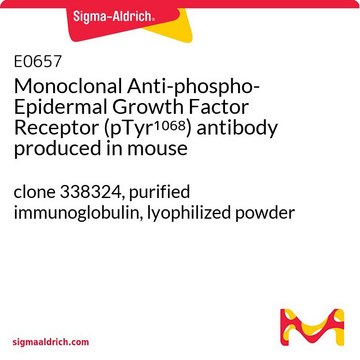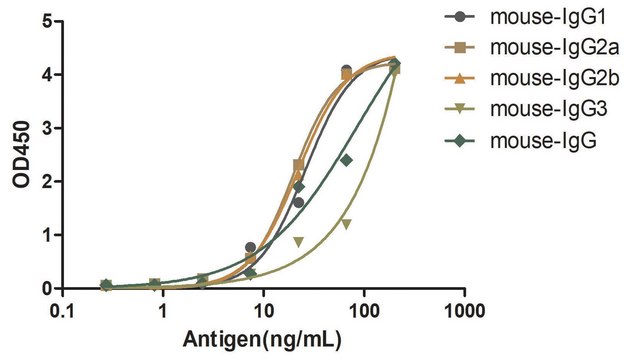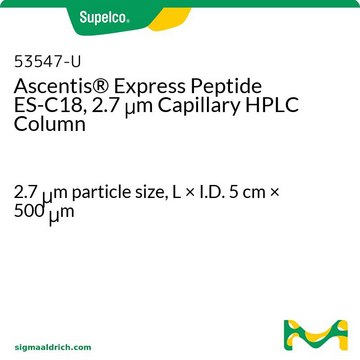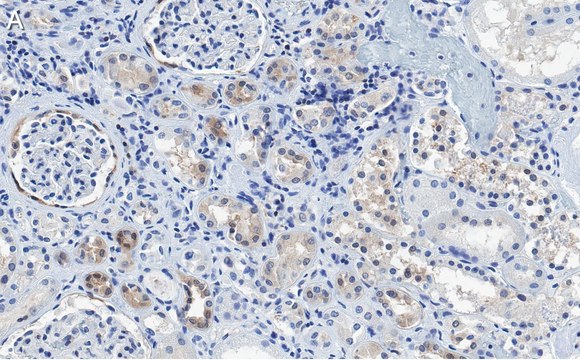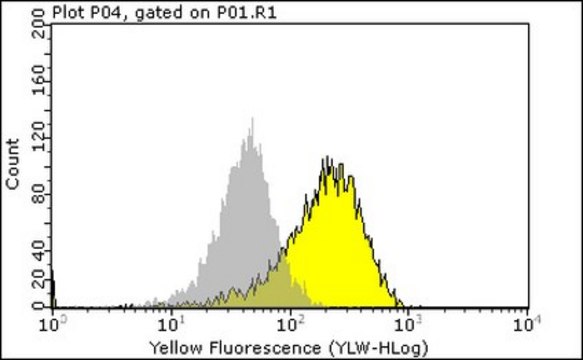04-281
Anti-phospho-EGFR (Thr669) Antibody, clone 5F10
clone 5F10, Upstate®, from mouse
Synonym(s):
ERBB, ERBB1, epidermal growth factor receptor
About This Item
Recommended Products
biological source
mouse
Quality Level
antibody form
purified immunoglobulin
antibody product type
primary antibodies
clone
5F10, monoclonal
species reactivity
human
manufacturer/tradename
Upstate®
technique(s)
western blot: suitable
isotype
IgG1
NCBI accession no.
1 of 4
This Item | 04-282 | 04-283 | 04-290 |
|---|---|---|---|
| antibody form purified immunoglobulin | antibody form purified immunoglobulin | antibody form purified antibody | antibody form purified antibody |
| biological source mouse | biological source mouse | biological source mouse | biological source mouse |
| clone 5F10, monoclonal | clone 3F2, monoclonal | clone 12A3, monoclonal | clone 13G8, monoclonal |
| species reactivity human | species reactivity mouse, human, canine, rat | species reactivity human, mouse | species reactivity mouse, human |
| UniProt accession no. | UniProt accession no. | UniProt accession no. | UniProt accession no. |
| technique(s) western blot: suitable | technique(s) ELISA: suitable, immunoprecipitation (IP): suitable, western blot: suitable | technique(s) ELISA: suitable, immunocytochemistry: suitable, immunoprecipitation (IP): suitable, western blot: suitable | technique(s) ELISA: suitable, immunocytochemistry: suitable, western blot: suitable |
Specificity
Immunogen
Application
Signaling
Growth Factors & Receptors
Quality
Target description
Physical form
Storage and Stability
Analysis Note
Includes PMA and pervanadate treated A431 cell lysate as a positive control
Legal Information
Disclaimer
Not finding the right product?
Try our Product Selector Tool.
Storage Class
10 - Combustible liquids
Certificates of Analysis (COA)
Search for Certificates of Analysis (COA) by entering the products Lot/Batch Number. Lot and Batch Numbers can be found on a product’s label following the words ‘Lot’ or ‘Batch’.
Already Own This Product?
Find documentation for the products that you have recently purchased in the Document Library.
Articles
Antibiotic kill curve is a dose response experiment in which mammalian cells are subjected to increasing amounts of selection antibiotic
Protocols
WST-1 assay protocol for measuring cell viability, proliferation, activation and cytotoxicity. Instructions for WST-1 reagent preparation and examples of applications. Frequently asked questions and troubleshooting guide for WST-1 assay.
Perform colorimetric assays for nonradioactive quantification of cellular proliferation, viability, and cytotoxicity for adherent or suspension cells cultured in 96-well microplates.
Our team of scientists has experience in all areas of research including Life Science, Material Science, Chemical Synthesis, Chromatography, Analytical and many others.
Contact Technical Service
